Sandhill Crane
Grus canadensis
Status: Secure
The Sandhill Crane has a long neck and long legs with an overall gray color, sometimes with brownish tones. This species of crane has reddish skin on the top of its head. Some may confuse this crane with a heron but they are not related. When flying, herons keep their necks tucked in their back while cranes fly with their neck stretched out.
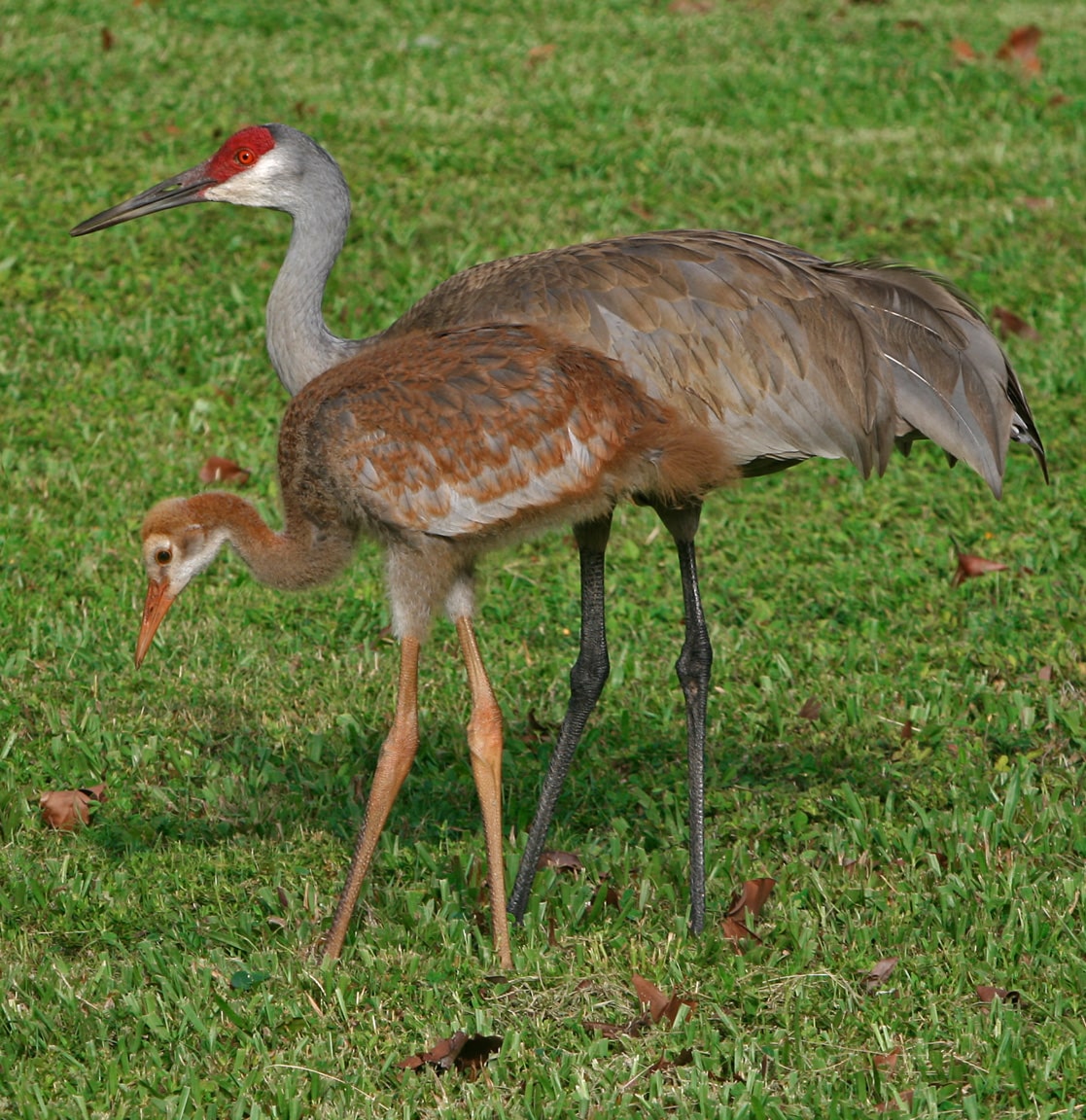
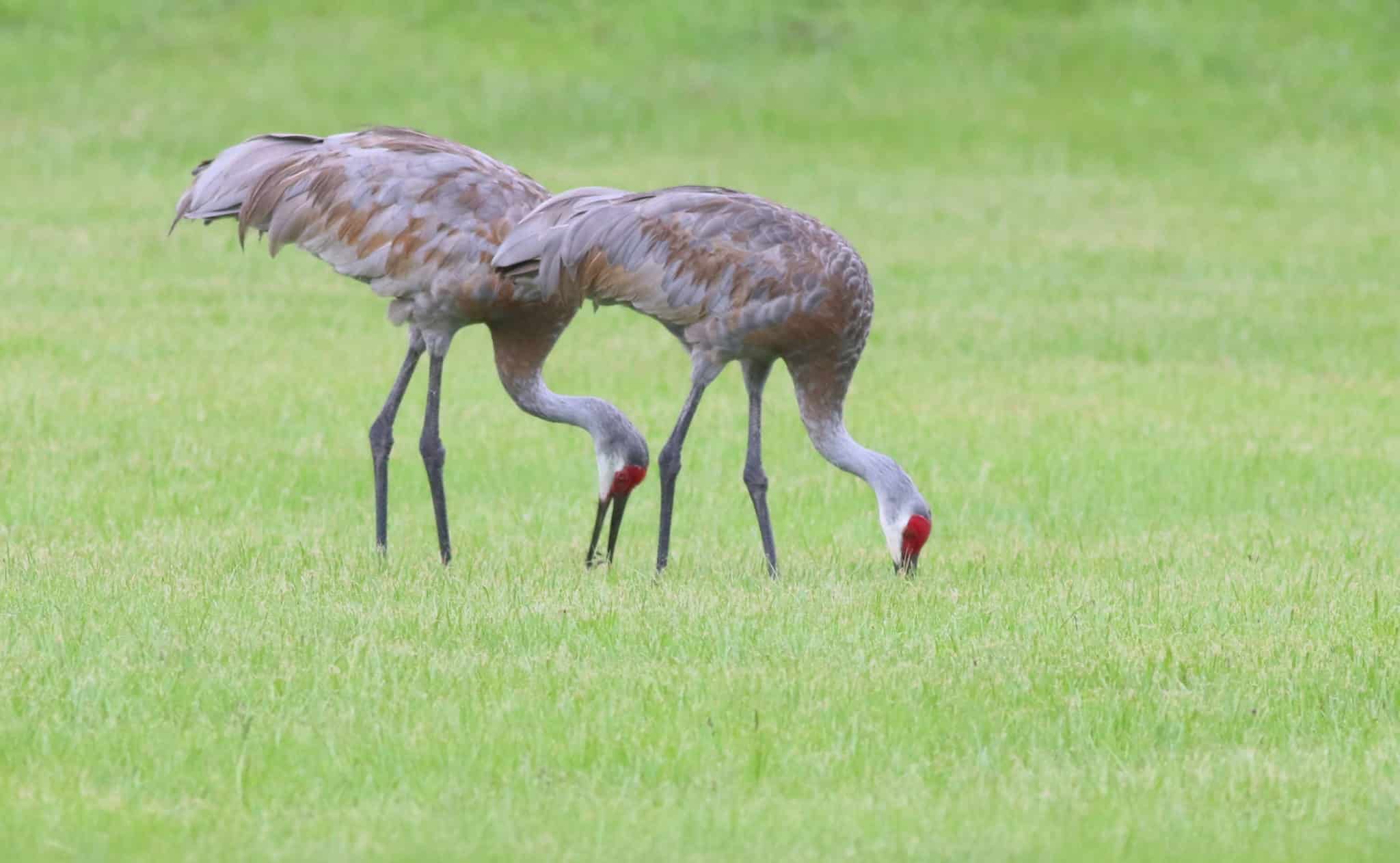
Habitat & Range
The sandhill crane has been found in many parts of North America and their habitats vary with each region they are found in. They mostly inhabit freshwater marshes and open grasslands.
Food Web & Energy Flow
The sandhill cranes diet consists of insects, plants, small rodents, lizards, snakes, and much more. Their diverse diet of both plants and animals makes them omnivores, just like most humans. Depending on what is available in their region will determine what they eat. This makes the sandhill cranes secondary consumers.
Relationship to Fire
Since most of their food they consume depends on a healthy forest floor, frequent fires are important to them. The fires can help clear space on the forest floor which can provide more sunlight to the plants and more nutrients to the soil. Even the small animals they eat rely on plants for shelter and also for food.
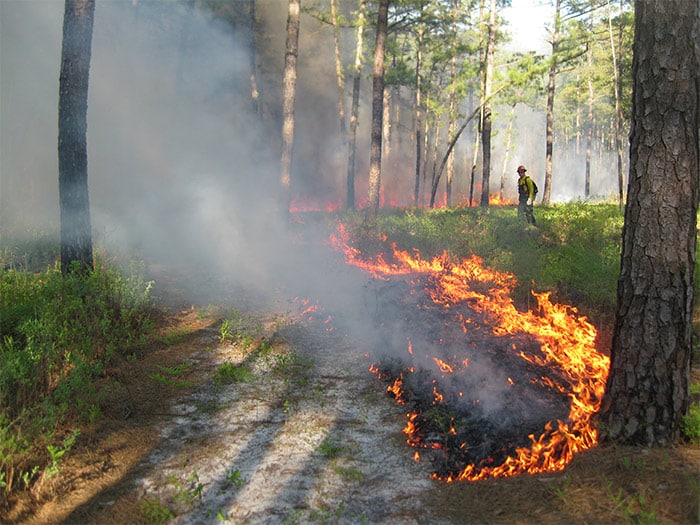
Conservation Status
Although the sandhill cranes are considered Secure, they are dealing with habitat destruction and land use in many regions in North America. Human impact is slowly causing a decline in their overall population.
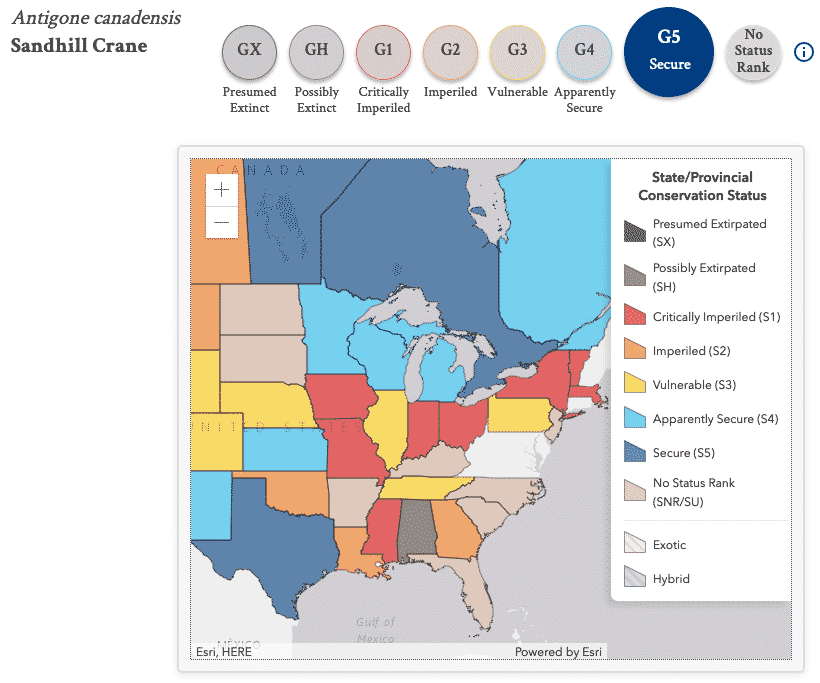
Human Impacts/ Threats
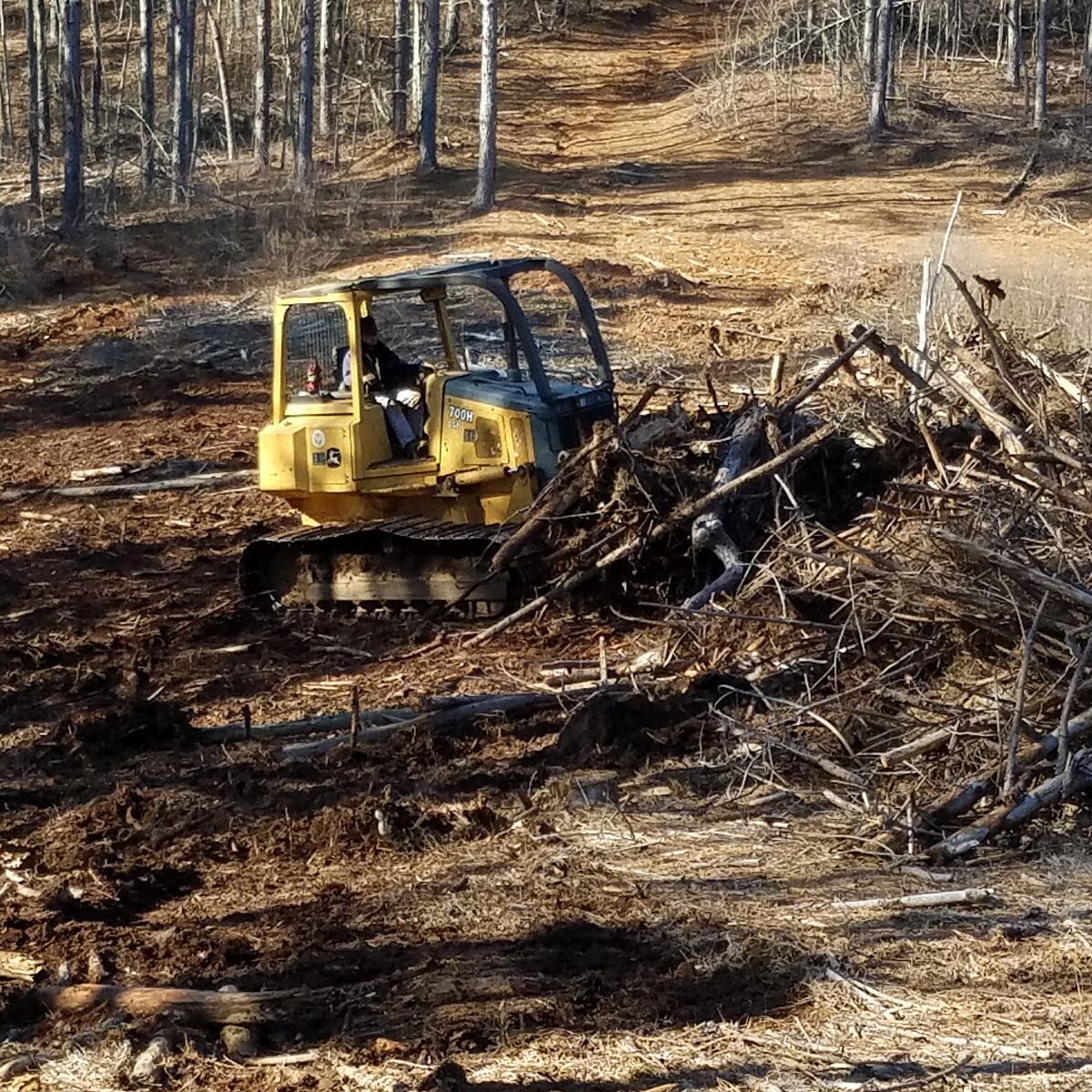
Land Use Conversion
Longleaf forests and the habitat it supports is being cleared or converted to use the land for other uses like houses, roads, agriculture, and even to grow different types of trees to sell.
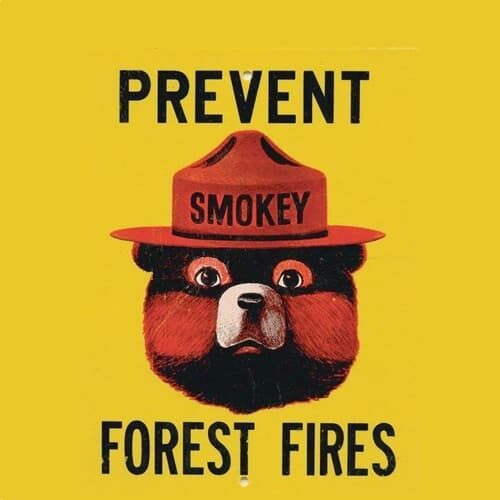
Fire Suppression
Many people think of fires in the forest as bad, so they work hard to prevent or suppress them. But longleaf forests NEED regular fire to support habitat for the species that live there!
Resources
Audubon. Sandhill Crane
Florida Fish & Wildlife Conservation Commission. Wildlife Habitats
Montana Field Guide. Sandhill Crane
